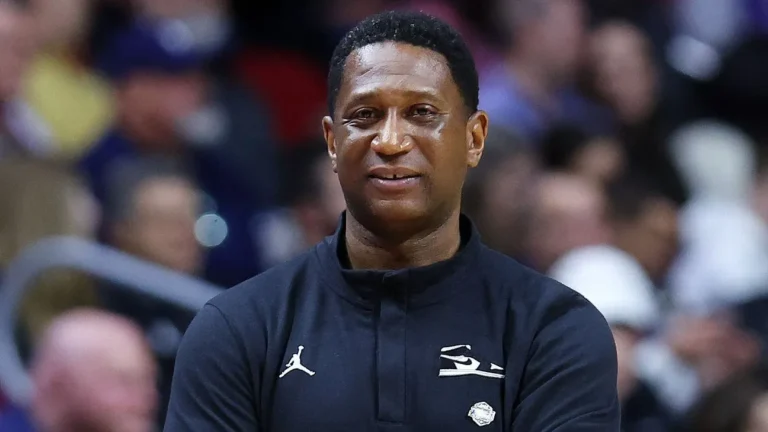Table of Contents
Introduction
At the heart of Howard University’s athletic department lies a story that’s got everyone talking. Recently, there was a surprising proposal from one of the university’s coaches to sell a stake in the athletic program. It’s a big idea that raised a lot of eyebrows and set off a whirlwind of discussion. But what does this mean for Howard University and its sports teams?
In simple terms, the coach’s proposal suggested selling a piece of the athletic program to raise funds. This might sound like a smart move, especially if the program is facing financial difficulties or looking for new ways to grow. However, the Athletic Director (AD) at Howard University has put the brakes on this plan. So, why did the AD say no, and what does this mean for the future of Howard’s sports teams?
This decision is more than just an internal affair at Howard. It’s about the future of the athletic program, how it’s run, and what it means for students, alumni, and fans. Whether you’re a sports enthusiast or just curious about university affairs, understanding this situation will give you a glimpse into how big decisions are made in college sports and what they mean for everyone involved.
So, let’s dive into the details of this intriguing story, break down what’s going on, and explore the impact of the AD’s decision on Howard University’s athletic program.
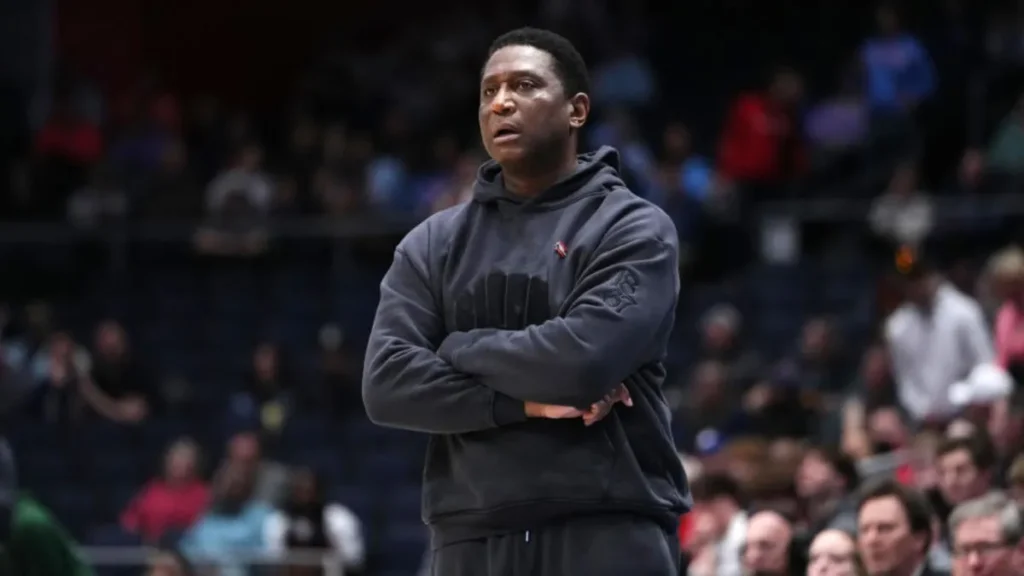
Background
Howard University Athletics
Howard University, located in Washington, D.C., is known for its distinguished history and commitment to excellence in both academics and athletics. Its sports teams have made notable achievements, contributing to the university’s pride and reputation. Despite these successes, the athletic program faces common challenges such as financial constraints and the need for ongoing support and development. Understanding these challenges is key to grasping why the coach’s proposal to sell a stake in the program was considered.
The Role of the Athletic Director
The Athletic Director (AD) at Howard University has a vital role in overseeing the sports programs. This position involves managing budgets, staffing, and strategic planning to ensure that the athletic teams have the necessary resources and support to thrive. Balancing financial realities with the goals and aspirations of the athletic department is a critical aspect of the AD’s responsibilities.
The Proposal
Coach’s Idea
The proposal that set off this chain of events came from one of Howard University’s coaches, who suggested selling a stake in the athletic program. The idea was straightforward: by selling a portion of the program, the university could potentially raise much-needed funds. These funds could then be used to support the teams, enhance facilities, or invest in the future growth of Howard’s sports programs. The coach likely saw this as a creative solution to tackle financial challenges or to inject new energy into the athletics department. But while the idea had its merits, it wasn’t without controversy.
Public Reaction
As soon as the coach’s proposal became public, it sparked a wave of reactions from different corners of the Howard community. Players, alumni, and fans all had something to say. For some, the idea of selling a stake in the program was unsettling, raising concerns about losing control or compromising the university’s values. Others saw it as a bold move that could bring in fresh resources and opportunities. The public reaction highlighted the deep connections people have with Howard’s athletic program and the strong opinions about how it should be managed.
This mix of support and skepticism set the stage for a critical decision by the Athletic Director, who ultimately had to weigh the pros and cons of the coach’s idea before making a final call. Understanding this initial proposal and the varied reactions it elicited helps us see why the AD’s decision was so pivotal.
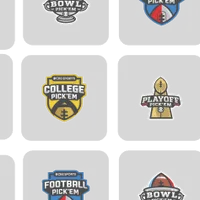
AD’s Response
Reasons for Rejection
When the Athletic Director (AD) at Howard University reviewed the coach’s proposal to sell a stake in the athletic program, it didn’t take long for the decision to come down: a firm “no.” But why? The AD had several key reasons for nixing the idea. First and foremost was the concern about program integrity. Selling a stake in the program could have led to outside influences, potentially compromising the values and mission of Howard’s athletics. The AD also likely considered the financial implications—while a quick influx of cash might seem appealing, the long-term costs could outweigh the benefits. There was also the question of control; by selling a stake, the university could lose some of its autonomy in decision-making, which could have far-reaching consequences.
Official Statement
The AD didn’t just make this decision quietly. An official statement was released, providing clarity on the reasons behind the rejection. The statement likely emphasized the importance of maintaining the integrity and independence of Howard’s athletic program, ensuring that the university’s core values remain intact. It also may have touched on the financial prudence of rejecting the proposal, reassuring stakeholders that other avenues would be explored to support and grow the athletic department without compromising its future.
This decision was a defining moment for the AD, showcasing the delicate balance required to manage a university’s athletic program. By understanding the reasons behind the rejection and the official stance taken, we can better appreciate the complexities of running a successful collegiate sports program while staying true to the institution’s principles.
Impact on the Program
Short-Term Effects
The Athletic Director’s (AD) decision to reject the coach’s proposal had immediate repercussions within Howard University’s athletic program. In the short term, the decision likely caused a ripple of reactions among the players, staff, and the broader community. Financially, the program might continue to face the same challenges that the coach’s proposal aimed to address. This could mean that certain upgrades or initiatives may be put on hold while the department looks for alternative funding sources. Morale within the program could also be affected, with some individuals feeling disappointed or frustrated that a potential solution was dismissed. Public relations-wise, the AD’s decision may have sparked debates and discussions, both within the university and among its supporters, as everyone considered what this means for the future.
Long-Term Implications
Looking further down the road, the AD’s decision could have significant long-term impacts on Howard University’s athletic program. By rejecting the proposal, the AD may be setting a precedent that influences how future financial challenges are handled. The decision also reflects a commitment to maintaining control over the program’s direction, which could be crucial for its long-term stability and success. However, without the financial boost that selling a stake might have provided, the program may need to explore other strategies for growth and development. This could involve seeking alternative funding sources, forming partnerships that align with the university’s values, or finding creative ways to enhance the program without compromising its integrity. The long-term success of Howard’s athletic program will likely depend on how well the AD and the department navigate these challenges while staying true to the institution’s mission and vision.
By understanding the short-term effects and long-term implications of the AD’s decision, we can gain insight into the broader challenges and opportunities that lie ahead for Howard University’s athletic program. This also highlights the complexities involved in making decisions that not only address immediate needs but also consider the future trajectory of the program.
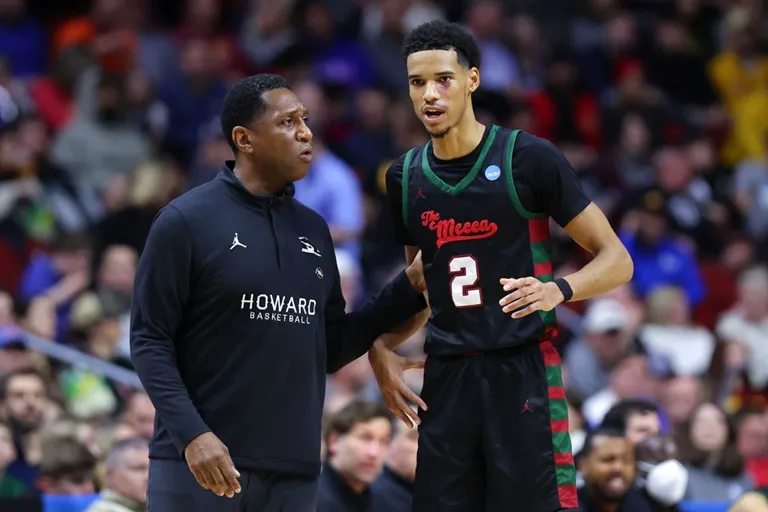
Reactions and Next Steps
Coach’s Reaction
The Athletic Director’s (AD) decision to reject the proposal likely came as a significant moment for the coach who originally pitched the idea of selling a stake in the athletic program. From the coach’s perspective, this proposal was probably seen as a bold and innovative solution to the financial challenges facing Howard University’s athletics. However, the AD’s rejection might have led to some frustration or disappointment. The coach may have felt that their idea was a missed opportunity to bring in much-needed funds and resources. Following the rejection, the coach might have taken a step back to reassess the situation, potentially considering alternative strategies or adjustments to help the program thrive within the existing framework.
University Community Response
The AD’s decision didn’t just affect the coach—it resonated throughout the entire Howard University community. Students, faculty, alumni, and fans all had their opinions on the matter. Some members of the community likely supported the AD’s choice, appreciating the commitment to maintaining the integrity and independence of the athletic program. They might have viewed the rejection as a protective measure, ensuring that the program remains true to Howard’s values and mission. On the other hand, others may have been more critical, questioning whether the decision could stifle potential growth or prevent the program from reaching its full potential. This mixed response highlights the diverse perspectives within the university community and the passion that people have for Howard’s athletic program.
Future Prospects
Looking ahead, the AD’s decision sets the stage for the future of Howard University’s athletic program. With the proposal off the table, the focus now shifts to what comes next. The AD and the athletic department will likely need to explore new ways to address the financial and operational challenges facing the program. This could involve seeking out alternative funding sources, such as partnerships or sponsorships that align with the university’s values, or finding innovative ways to optimize the resources already available. The future of Howard’s athletic program will depend on how effectively the department can navigate these challenges and capitalize on new opportunities while staying true to its mission.
By examining the coach’s reaction, the broader community’s response, and the potential future prospects, we gain a deeper understanding of the ripple effects of the AD’s decision and what it means for the path forward. This section underscores the complexity of leadership decisions in collegiate sports and the importance of considering multiple perspectives when charting the course for the future.
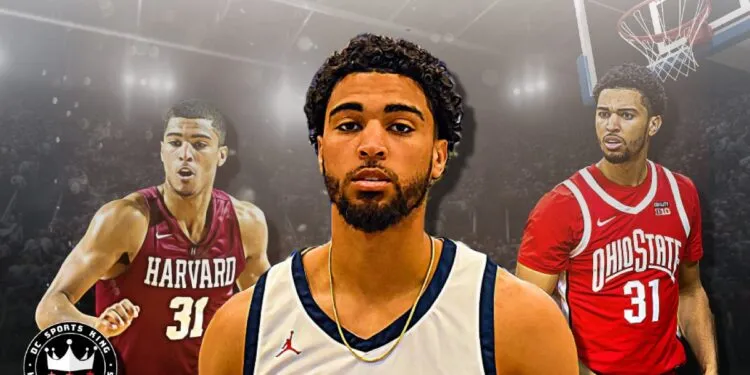
Conclusion
Summary of Key Points
The recent events surrounding Howard University’s athletic program have shed light on the intricate decisions involved in managing collegiate sports. The coach’s proposal to sell a stake in the program was a bold and unconventional idea aimed at addressing financial challenges and fostering growth. However, the Athletic Director (AD) ultimately decided to reject the proposal, citing concerns about program integrity, financial implications, and the long-term vision for Howard’s athletics. This decision sparked a range of reactions, from disappointment among those who supported the idea to relief among those who valued the preservation of the program’s core principles.
In the short term, the rejection of the proposal may have slowed down certain initiatives or led to some frustrations within the athletic department. However, the AD’s decision also highlighted a commitment to maintaining control over the program’s direction, which could be crucial for its stability and success in the long run. The university community’s diverse reactions to the decision further emphasized the deep connection people have with Howard’s athletics and the varying opinions on how it should be managed.
Reflection on Athletic Program Management
Managing a collegiate athletic program like Howard University’s is no small feat. It requires balancing financial realities with the need to uphold the institution’s values and mission. The AD’s decision to nix the coach’s proposal serves as a reminder of the complexities involved in making such choices. While the idea of selling a stake in the program may have offered immediate financial relief, the potential risks and long-term consequences were significant factors that couldn’t be ignored.
This situation also underscores the importance of thoughtful leadership in collegiate sports. Decisions made today can have far-reaching impacts on the future of the program, the experiences of student-athletes, and the university’s reputation. As Howard’s athletic department moves forward, the focus will likely be on finding sustainable ways to support and grow the program without compromising its integrity. The lessons learned from this episode will undoubtedly influence how future challenges and opportunities are approached, ensuring that Howard University’s athletic program continues to thrive while staying true to its core values.




